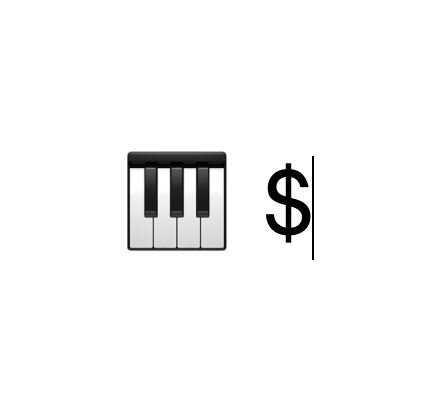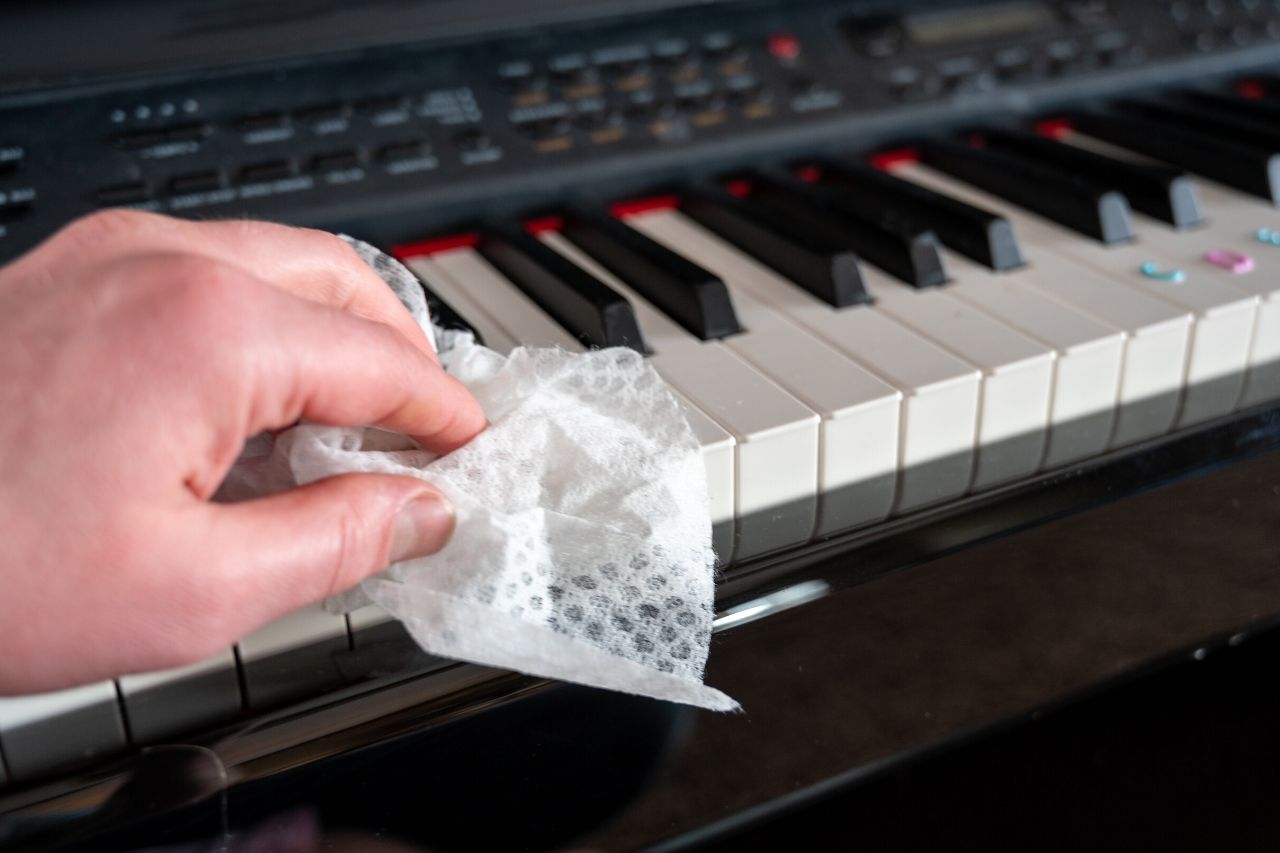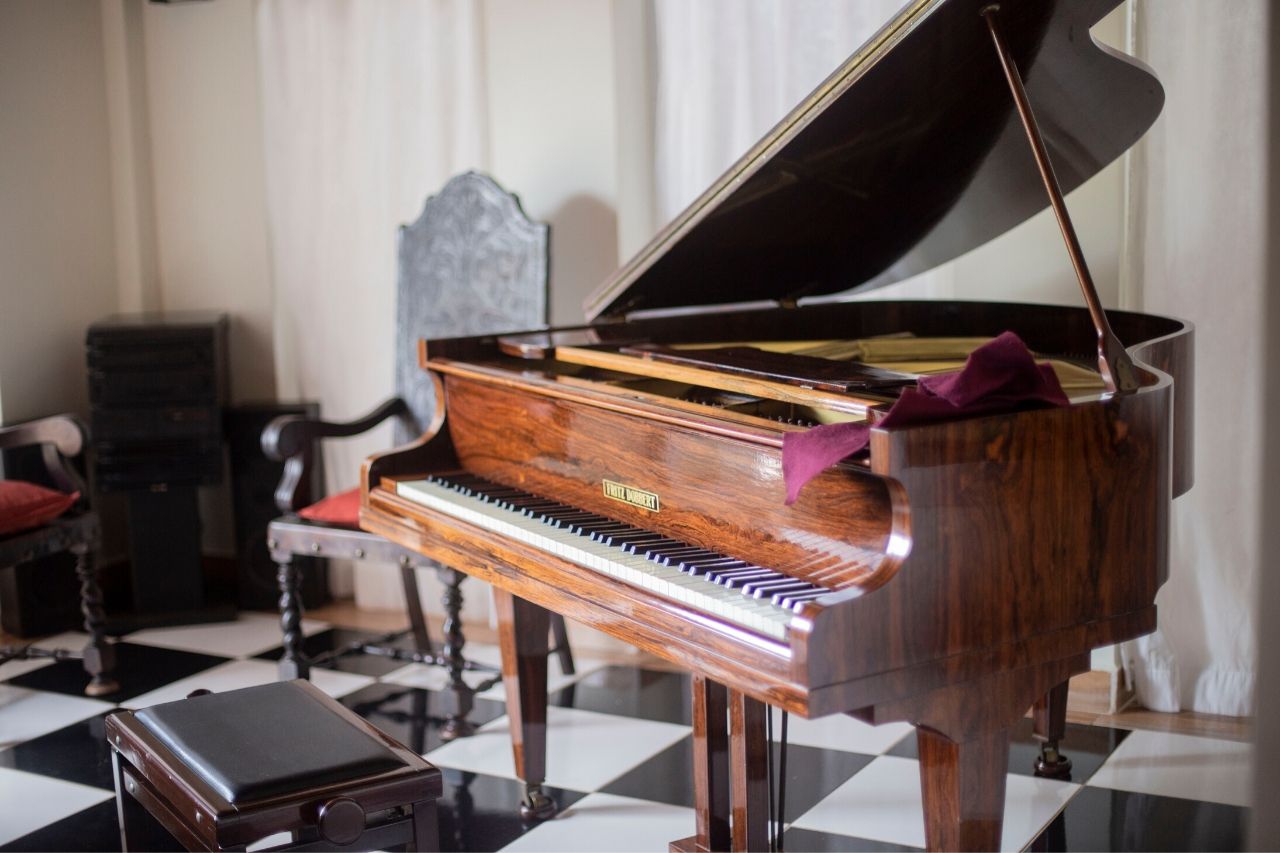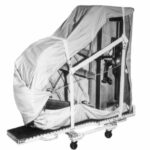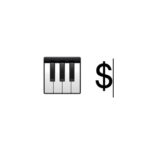Though it was often the setup to a joke involving unqualified cartoon characters and the aftermath (such as their teeth becoming piano keys after the piano lands on their head), piano moving is serious stuff. Read on to learn some of the things you should consider when hiring a piano mover.
Are they insured?
Sounds simple enough, but wait until your precious piano falls over during transport and you’ll wish you would’ve asked. There’s a reason to choose professionals instead of your cousin Tyler who has a 20ft enclosed trailer. Proof of insurance is also required at virtually any high rise building in Chicago.
Do they know what they’re doing?
Check the prospective mover’s Google ratings. While there may be one or 2 unsatisfied clients (it’s nearly impossible for there not to be) try to find someone with at least 3.5 out of 5 stars or higher. In this day and age, having fewer than 10 reviews is potentially a red flag. Ask around to understand their reputation.
Who do the dealers use for piano moving?
Piano dealers aren’t messing around when it comes to their inventory and reputation. If the movers make a mistake, deliver a piano really late, or scratch your floors, it’s not just the moving company that suffers from the bad reputation strike, it’s also the dealer. Call piano dealers directly and ask who they use.
Wait, you used to move pianos?
Sometimes I let it slip to my clients that I used to move pianos. Usually it’s uttered in a semi-joking manner to discourage anyone asking if I can help move theirs. Occasionally I’m willing to move an upright a few inches, but anything beyond that is left to dedicated piano movers, especially if the piano is on carpet.
Please just tell me who to call for piano moving
Okay, I will give you the link to the movers I use here. Not only do they have hundreds (yes hundreds) of great reviews, they also work directly with multiple dealers. Win win! Even if you choose someone else, this guide will help you when you’re choosing your piano mover.
If you haven’t seen it yet, check out our homepage.


